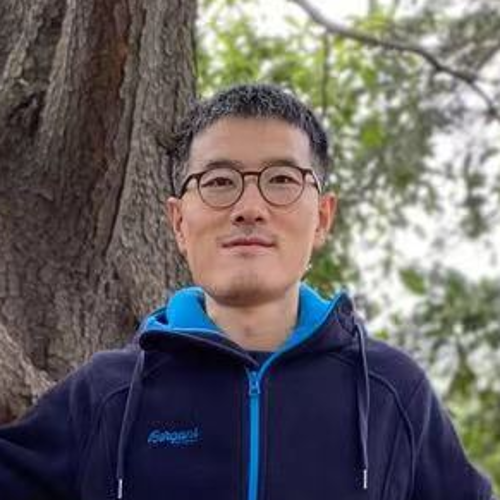
Bilinear Coupling and Order-Disorder Transition in the Prototypical Antiferroelectric PbZrO3
Prof. Bin Xu School of Physical Science and Technology, Soochow University, China
Abstract
Bin Xu,1,2 Kinnary, Patel2, Olle Hellman3, and L. Bellaiche2
1 School of Physical Science and Technology, Soochow University, Suzhou 215006, China
2 Physics Department and Institute for Nanoscience and Engineering,
University of Arkansas, Fayetteville, Arkansas 72701, USA
3 Department of Physics, Chemistry and Biology (IFM), Linköping University, SE-581 83 Linköping, Sweden
The prototypical antiferroelectric PbZrO3 has several unsettled questions, such as the nature of the antiferroelectric transition, a possible intermediate phase, and the microscopic origin of the Pbam ground state. Using first-principles calculations, we show that no phonon becomes truly soft at the possible cubic-to-Pbam transition temperature, and the order-disorder character of this transition is clearly demonstrated based on molecular dynamics simulations and potential energy surfaces. The anti-phase octahedral tilting is an important degree of freedom, which can collaborate with other phonon distortions and form a complex energy landscape with multiple minima. Candidates of the possible intermediate phase are suggested based on the calculated kinetic barriers between energy minima, and the development of a first-principles-based effective Hamiltonian [1]. The use of this latter scheme further reveals that specific bilinear interactions between local dipoles and octahedral tiltings play a major role in the formation of the Pbam ground state, and possible occurrence of incommensurate phases, which contrasts with most of the previous explanations. Details of the bilinear coupling, and relevance to antiferroelectric and incommensurate structures, will be discussed [2].
References
[1] B. Xu, O. Hellman, and L. Bellaiche, Phys. Rev. B 100, 020102(R) (2019)
[2] K. Patel, S. Prosandeev, Y. Yang, B. Xu, J. Íñiguez and L. Bellaiche, Phys. Rev. B 94, 054107 (2016)
Acknowledgements
This work is supported by ONR Grant No. N00014-17-1-2818, DARPA Grant No. HR0011-15-2-0038 under the MATRIX program, and Office of Basic Energy Sciences, under contract ER-46612.
Short Biography
Bin Xu is currently a Professor working at the School of Physical Science and Technology, Soochow University, China. His research is to use first-principles-based techniques to understand and design materials of fundamental and technological interests, e.g., ferroelectrics, multiferroics, and thermoelectrics. Some of his recent interests include antiferroelectrics, switching mechanisms, electrocaloric effect, electric field control of magnetism, and non-collinear magnetic structures in multiferroics. Before joining Soochow University, he was a postdoc working with Laurent Bellaiche at University of Arkansas.
About the FLAME-inars
The FLAME-inars are organized by the collaborative project FLAME at TU Darmstadt, in which electronic-structure-property relationships are being developed and exploited to realize novel lead-free antiferroelectric compounds. The seminars will gather experts in processing, characterization and theory to discuss materials and applications, bulk and thin films, fundamental properties, electronic structure & defects, and related aspects.



